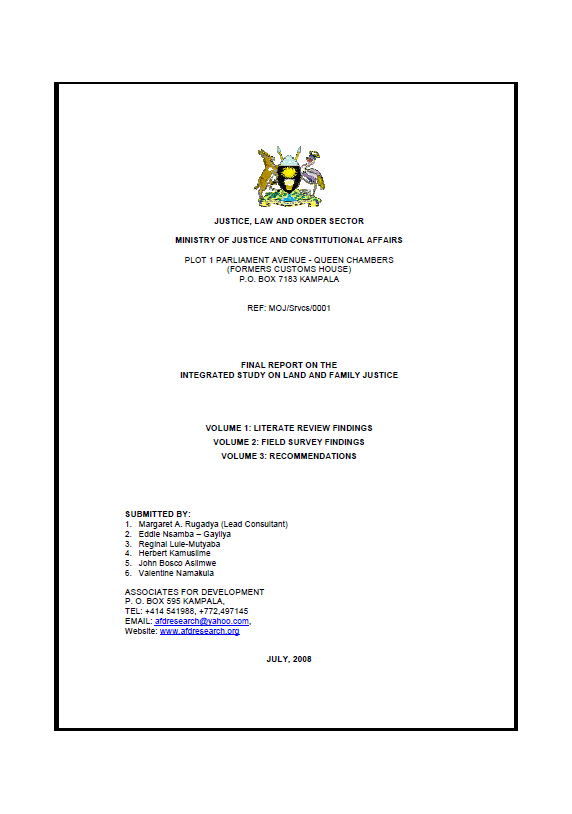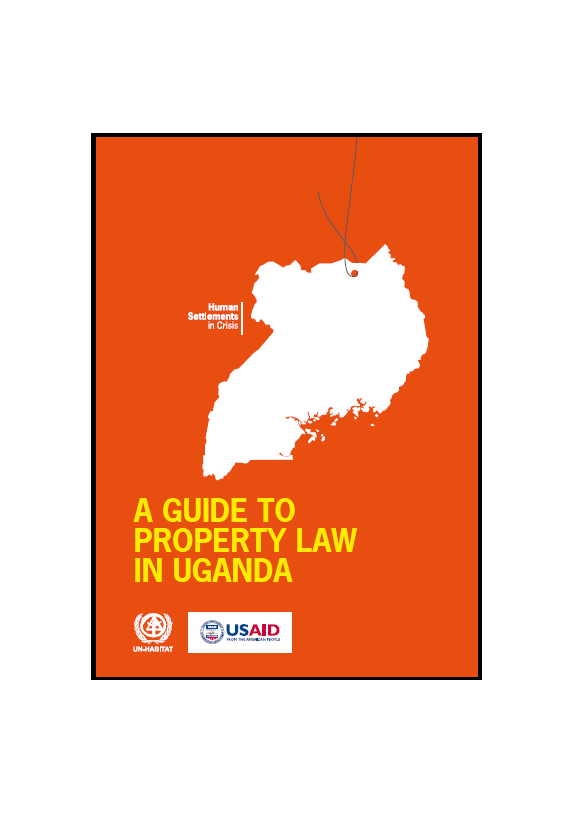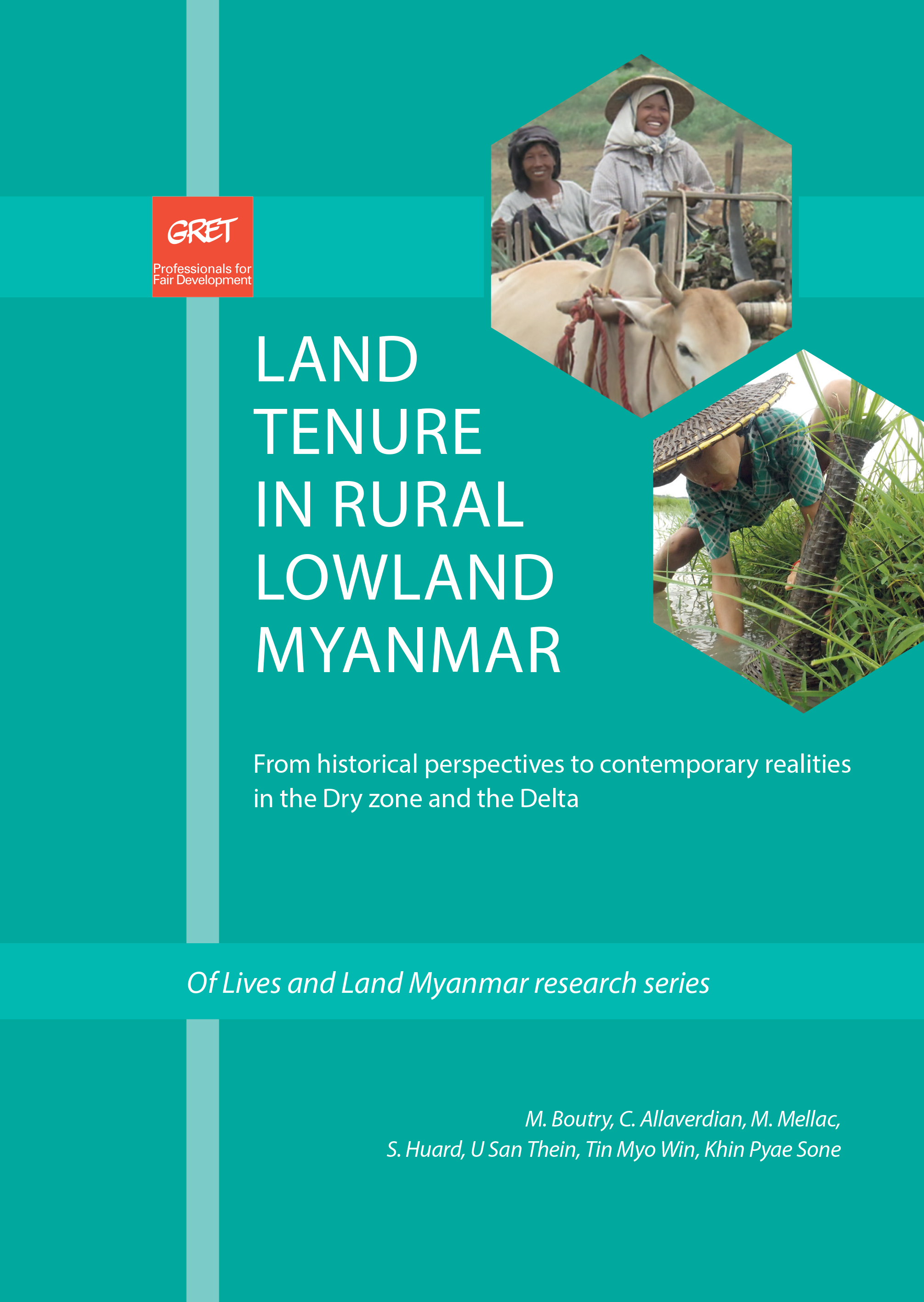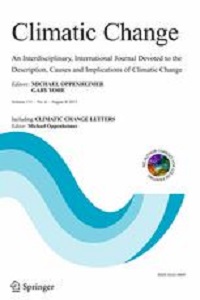Land Policy and the Evolving Forms of Land Tenure in Masindi District, Uganda
This paper examines the evolution and the nature of the current forms of land tenure in Masindi District and the extent to which these forms impair or facilitate positive socio-economic changes. Such an examination is vital in light of the fact that there exists no convincing empirically grounded studies on the impact of the official land policies on the relationships between forms of land tenure, social structure and agricultural production.






